Astronomy
A New Chapter: My First Steps into Practical Astronomy
Astronomy has long been a passion of mine—an endless source of curiosity, wonder, and discovery. Now, I am taking that passion beyond research and observation by stepping into practical astronomy.
With the acquisition of two semi-professional telescope setups, I am beginning my journey into astrophotography and celestial exploration. This marks the exciting transition from admiration to action—from gazing up at the stars to capturing their breathtaking detail through precision optics.
There is much to learn, from mastering alignment and tracking to refining imaging techniques that transform raw observations into stunning astrophotography. Every challenge is an opportunity, and every success will be a milestone in this hands-on pursuit of the cosmos.
Join me as I document my journey, sharing insights, images, and discoveries from these first steps into practical astronomy!
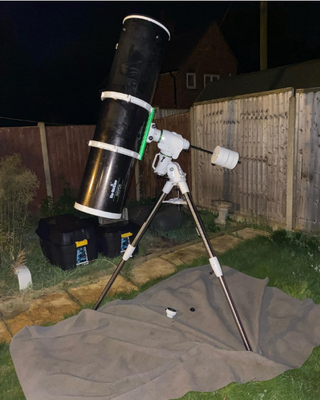
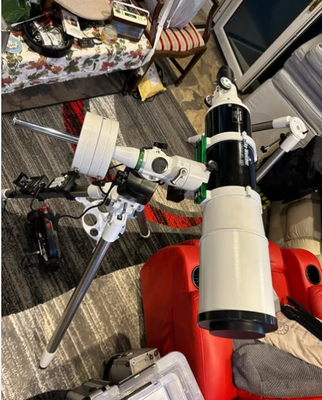
Equipment:
Skywatcher Explorer 300PDS 12” (305mm) Optical Tube Assembly
Skywatcher EQ6-R PRO GOTO Mount and Tripod (compatible with Explorer 300PDS)
Skywatcher Startravel 150 6″ Refractor Optical Tube Assembly
Skywatcher EQ5 Pro GOTO Equatorial Mount & Tripod (compatible with Messier AR127)
Two Skywatcher Power Tanks for field use, one for each telescope
CCD Camera ZWO ASI385MC
2022
1973 Earliest photo attempts:

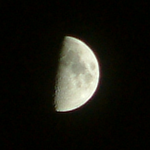
One of the very first attempts to photograph the moon; old Kodak Camera 35mm film; dated about 1973 from Southampton, Hampshire England. Old and fuzzy but for the time, quite good
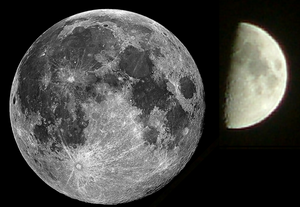
The Moon map on the left compares nicely to my early image.
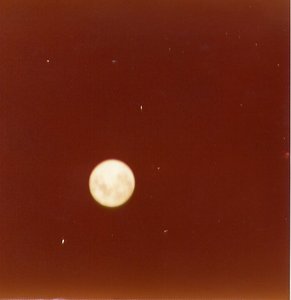
Another attempt approx. 1973 on 35mm Colour film. I think this was taken from Scarborough Beach in 1977
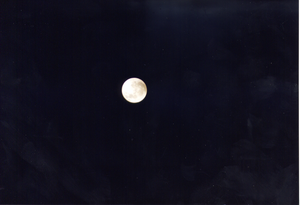
The last of the old photos and of the better definition images. There are 58 photos in total but these three are worth showing. In these images there are faint stars so i may be able to place the moon at the correct date if i can identify the star formations.
As Winter approaches, i will set up my new equipment and see how much improved my Astrophotography will be.
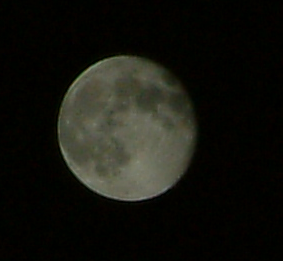
Another Moon photo; this time from 2005. With the standard type of camera used, there is not much improvement in quality; again, a 35mm camera.
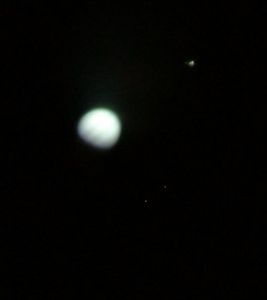
Jupiter with three Moons and some faint banding. 1983. Very out of focus and taken through binoculars which were 20 x 50mm
I believe i used an Zenith EM Camera which had a 300mm telephone lens

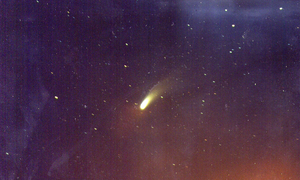
Hale Bopp March 1997 near to Cassiopeia. Taken from the Downs Kingsclere, Hampshire. The orange tinge at the bottom is from the Sodium lights of Newbury and Basingstoke
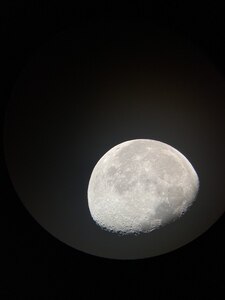
First Light of the Skywatcher 300PDS 12″ Newtonian. Unfiltered, 10mm Eyepiece, no magnification. 12th November 2022. No adjustment to the image, it is as it was seen through the eyepiece. The quality of the new equipment is outstanding!
Orion Nebular
These images were the first ever taken of an object other than the moon. It was part of the commissioning process for the equipment, the laptop, the various software all connected and working. 28th February 2025 at 19:11 G.M.T.
First ever image of M42 The Orion Nebular through the Travelstar 150mm. Raw image, not processed.
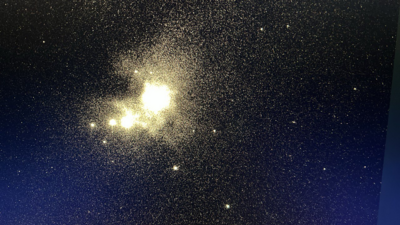
The second image of M42 but slightly better quality. Raw image, not processed.
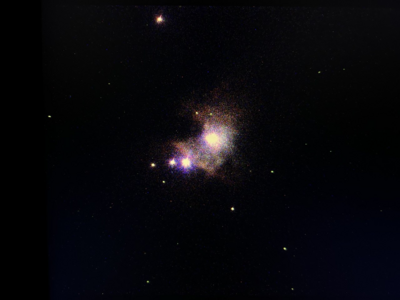
First captured image of Jupiter and some moons. Over exposed planet, no processing just raw image. Its a start and happy to have captured something at last.
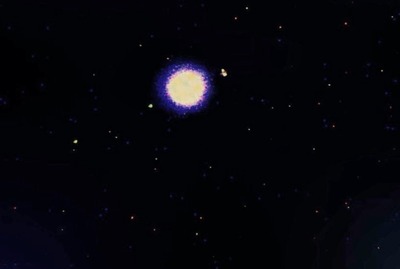
There does not appear to be a comprehensive instruction manual that guides new users through the complete process of utilizing this equipment effectively. To address this gap, I have decided to create my own detailed guide—essentially a book(let)—providing step-by-step instructions and insights into the following areas:
- Equipment Overview: A detailed description of my setup and tools.
- Learning the Setup Process: A thorough explanation of the process involved in understanding and configuring the equipment.
- Using the Equipment: Practical guidance, addressing the complexities of operation that are often underestimated.
- Polar Alignment: Instructions for achieving precise alignment.
- Synscan Handheld Remote Control: A walkthrough of the setup process, with emphasis on its intricate requirements.
- Supplementary Equipment: Information on additional components necessary to enhance the basic setup, such as a 10m active USB 3.0 printer cable for connecting a laptop to the EQ6 Mount.
- Software Integration: Navigating the complicated landscape of software needed to enable communication between a computer and telescope mount.
- Baud Rates: Ensuring proper mapping of Baud rates across the software for effective operation.
- Histograms: A user-friendly explanation for understanding and utilizing histograms.
- Image Capture: Techniques for capturing images using various camera types, with steps to ensure successful image acquisition.
- Image Formats: Guidance on verifying the captured images are in the appropriate format.
- Image Processing: A detailed workflow for processing raw images and producing finalized outputs.
While the publishing stage is still some time away, I believe this effort will be well worth it.